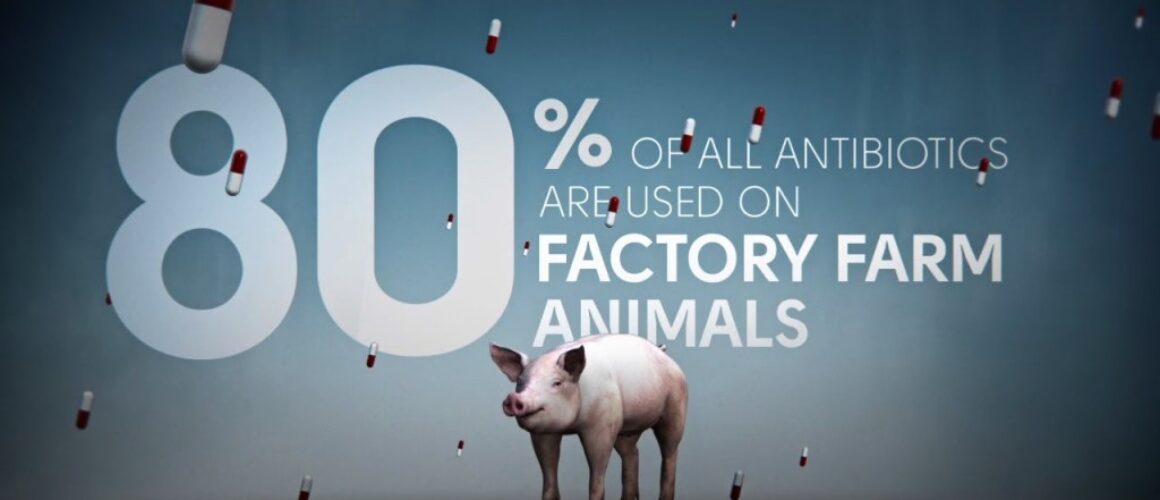Is Your Meat on Drugs?
With North Carolina flooding in the news, particularly the devastation being seen across the concentrated animal feeding operations (CAFOs), I am reminded of another issue that is critical to the health of our families.
Every year, more antibiotics are fed to food-animals in North Carolina than are given to all Americans.
Think about that. More drugs are given to North Carolina animals used in our food supply than are given to all Americans.
Every year, nearly 30 million pounds of antibiotics are used in livestock and poultry in the U.S.—four times the amount prescribed for treating infections in people. Around half these antibiotics are nearly identical to human drugs.
Which means that 80% of all antibiotics are used on factory farm animals—the animals used in our food supply. And 90% of animal antibiotics are sold and used with no prescription. In other words, while we have a paper trail when we use antibiotics—it goes on record at our doctors’ offices – there is no paper trail when they are routinely used on the animals we eat.
That’s because they’re not given to sick animals. Instead, they’re put routinely and without prescription into animal feed or drinking water, and delivered to entire flocks or herds of healthy chicken, turkeys, swine and beef cattle.
Why? To fatten them up, because fat animals are more profitable than skinny ones.
And while using antibiotics to promote growth in these animals might also promote profits for the food and pharmaceutical industries, when our limited supply of antibiotics is used so freely, there are public health consequences.
None of us have access to information on exactly which antibiotics are used, and how they are used on industrial farms raising more than 9 billion animals each year. Big drug companies and meat companies don’t volunteer it, and so far the U.S. Food and Drug Administration (FDA) have never required it from them.
This is where you come in.
Tell the FDA: “Improve reporting of antibiotic use on industrial farms. Health professionals who rely on antibiotics to treat dangerous infections deserve nothing less.” If the more than 5 million U.S. health professionals who rely on antibiotics to work—nurses and dieticians, physicians and more—speak as one voice, the FDA will no longer be able to ignore them or us, the Americans who depend on them to keep our families safe.
